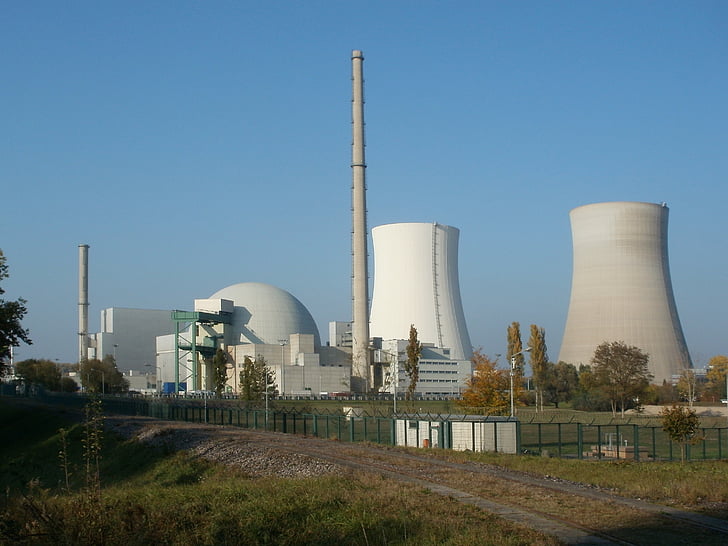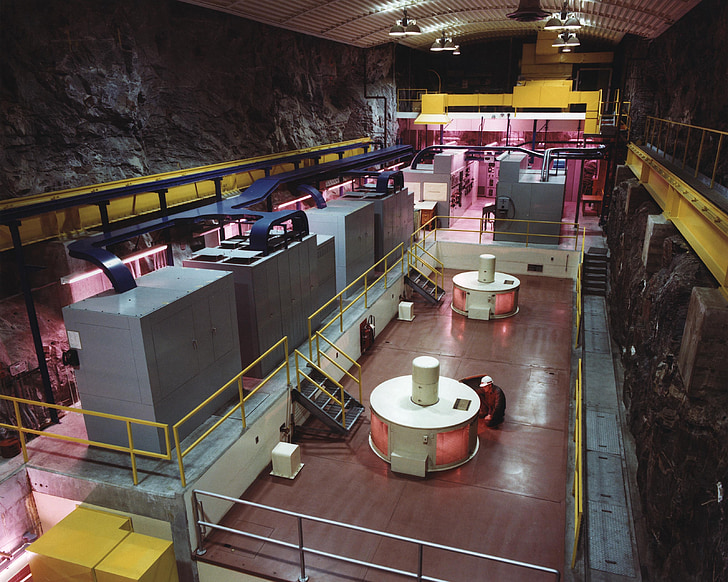Generators are the most important part of power generation and one of the primary devices that convert mechanical energy into electrical energy. Traditional generators have been the backbone of power generation for a long period, as they use electromagnetic induction to generate an electric current. Recent progress has now caused a disruptive innovation in the form of permanent magnet generators that hold an unprecedented advantage over conventional generators. In an attempt to show you unparalleled advantages provided by permanent magnet generators, we are going to look at a basic operation of the two kinds of generators and then take a keen analysis of the advantages that each has over the other.

Understanding Conventional Generators
Traditional generators are sometimes also known as electromagnetic generators, working on the principle of electromagnetic induction. These kinds of generators typically contain a stator and a rotor with a magnetic field in between. Mechanical energy results in the rotation of the rotor. A fluctuating magnetic field is thus created by the mechanical rotation. This fluctuation induces an electric current in the stator windings via electromagnetic induction.
The key components of a conventional generator include the windings, the magnetic field generated by an electromagnet, and the output voltage regulation system. Conventional generators have been playing an important role in power generation for decades but have certain limitations. These can include a relatively low efficiency, high maintenance requirements due to the use of brushes and commutators in some designs, and dependence on an external power source to maintain the magnetic field within the rotor.
Despite their wide usage, conventional generators still have a lot of defects regarding energy efficiency and operational reliability, which has driven the need to consider alternative technologies like permanent magnet generators. The shift in focus to more innovative solutions opened up avenues for the development of permanent magnet generators, presenting an attractive set of advantages that addressed the limitations of conventional generator design.
Unraveling Permanent Magnet Generators
Operating unlike any other conventional generators, permanent magnet generators rely on a magnetic field of permanent magnets to induce an electric current on the stator windings. This unique concept removes the necessity for an external power source in maintaining the rotor’s magnetic field, hence simplifying the generator design and increasing its reliability in operation.
The most distinctive feature of permanent magnet generators is that they have the permanent magnets integrated directly in the rotor, thereby eliminating losses associated with energy conversion and transfer in conventional designs. Permanent magnet generators, therefore, have higher efficiency and higher power for a given size and weight. Besides, the absence of brushes and commutators reduces maintenance and enhances operational reliability, making permanent magnet generators ideal for applications that require minimal downtime and intervention in maintenance. The compactness and light weight add to the attractiveness of permanent magnet generators, making them more suitable for mobile or space-constrained applications, hence more versatile and easy to deploy compared to their traditional counterparts.
Permanent magnet generators are being applied to a wide variety of fields, primarily in wind and hydroelectric power generation. They assure higher efficiency and reliability, hence becoming the favorite in these fields. Besides, the flexibility and scalability of permanent magnet generator technology spur the development of renewable energy systems, corresponding to the transition of the industry towards sustainable and eco-friendly solutions.
Ongoing research and development work is being carried out on advanced magnetic materials, innovative designs, and optimized control systems. This is done to further enhance performance and functionality of permanent magnet generators to their fullest potential, promote continuous improvement of the technology, and ensure seamless integration into various applications.
Comparative Analysis
While comparing permanent magnet generators with conventional generators, a few important factors come into focus, each of which contributes to a wholesome understanding of their relative performance and relative advantages. The detailed comparative study of the two types of generators provides insight into the subtle advantages and strengths of permanent magnet generators over conventional generators, thus further cementing permanent magnet generators as a transformative innovation in power generation.
First, regarding efficiency, permanent magnet generators are more efficient in energy conversion because permanent magnets are integrated into the rotor design. This minimizes energy loss and distortion of the magnetic field, hence giving significantly higher efficiency compared to conventional generators. The absence of brushes and commutators further enhances overall efficiency and reliability for permanent magnet generators, distinguishing them from conventional generators.
Environmental impact and sustainability Other factors that could be used to compare the generators include environmental impact and sustainability. Whereas conventional generators rely on electromagnets, which are normally powered by fossil fuel, permanent magnet generators depend on no other external power to maintain the magnetic field. Its inherent sustainability accords with an increasing emphasis on environmentally friendly generation solutions, hence being in the category of favorable choices in sustainable energy plans.
Cost-effectiveness and maintenance requirements are some of the main factors considered in generator technology. Permanent magnet generators offer long-term cost benefits that are quite attractive, since they have reduced maintenance needs and an extended operating life because there is no wear-prone component like brushes and commutators. On the other hand, conventional generators are more costly to maintain and experience more frequent downtime because of the wear and tear of these components, thus affecting their cost-effectiveness.
Besides, permanent magnet generators are adaptable and versatile due to compactness and light weight and thus more suitable for applications that require mobility or have limited installation space. This feature of permanent magnet generators offers an enormous advantage over conventional generators in modern applications such as hydroelectric power systems.

A vision for the future of permanent magnet generators
The continued advancement and widespread adoption of permanent magnet generators, driven by their unique benefits and transformative potential, will have a significant impact on the future of power generation.
The use of permanent magnet generators is a trend that will have wide-reaching influence on the trajectory of renewable energy systems, as the global emphasis shifts to sustainability. With the prospect of improved efficiency, reliability, and environmental sustainability, permanent magnet generators reflect well on the reduction of carbon footprints and green energy transitions. This underlines how strongly such applications of permanent magnet generators are impacting an accelerated change to sustainable power generation practices.
Innovations in magnetic materials, control systems, and design approaches are foreseen to further raise the performance and applicability of permanent magnet generators in a wide field of industries. Ongoing research efforts to optimize magnetic configurations, enhance material properties, and improve manufacturing techniques are likely to progress, continuing to redefine the benchmarks for energy conversion and power generation efficiency.
The seamless integration of permanent magnet generators with emerging technologies, such as green power generation, signals a megatrend to utilize the versatility of permanent magnet generators in solving contemporary energy challenges. This bodes well for a future wherein permanent magnet generators will be key in enabling cleaner, more efficient, and increasingly decentralized power generation networks.
Permanent magnet generators are bound to evolve and will act like the guiding star that will lead towards a more sustainable and resilient energy future of the world. Developing the potential of permanent magnet generators is a key toward embracing that greener and efficient model for power generation.